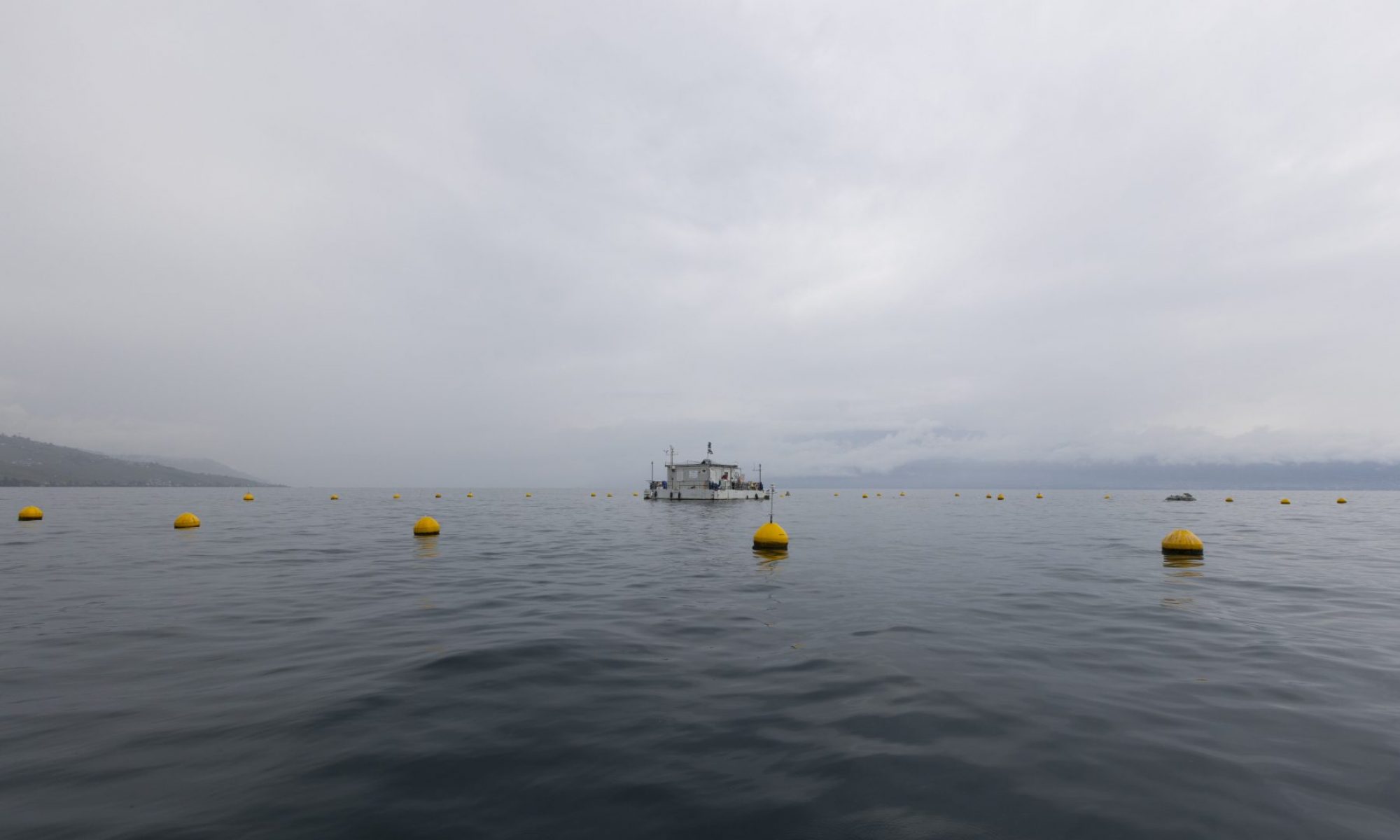New topics for Master’s and Bachelor’s students…. freshly brewed.

LAKES: Past, present and future of alpine lakes
Institute of Earth Surface Dynamics

LAKES: Past, present and future of alpine lakes
Institute of Earth Surface Dynamics
New topics for Master’s and Bachelor’s students…. freshly brewed.